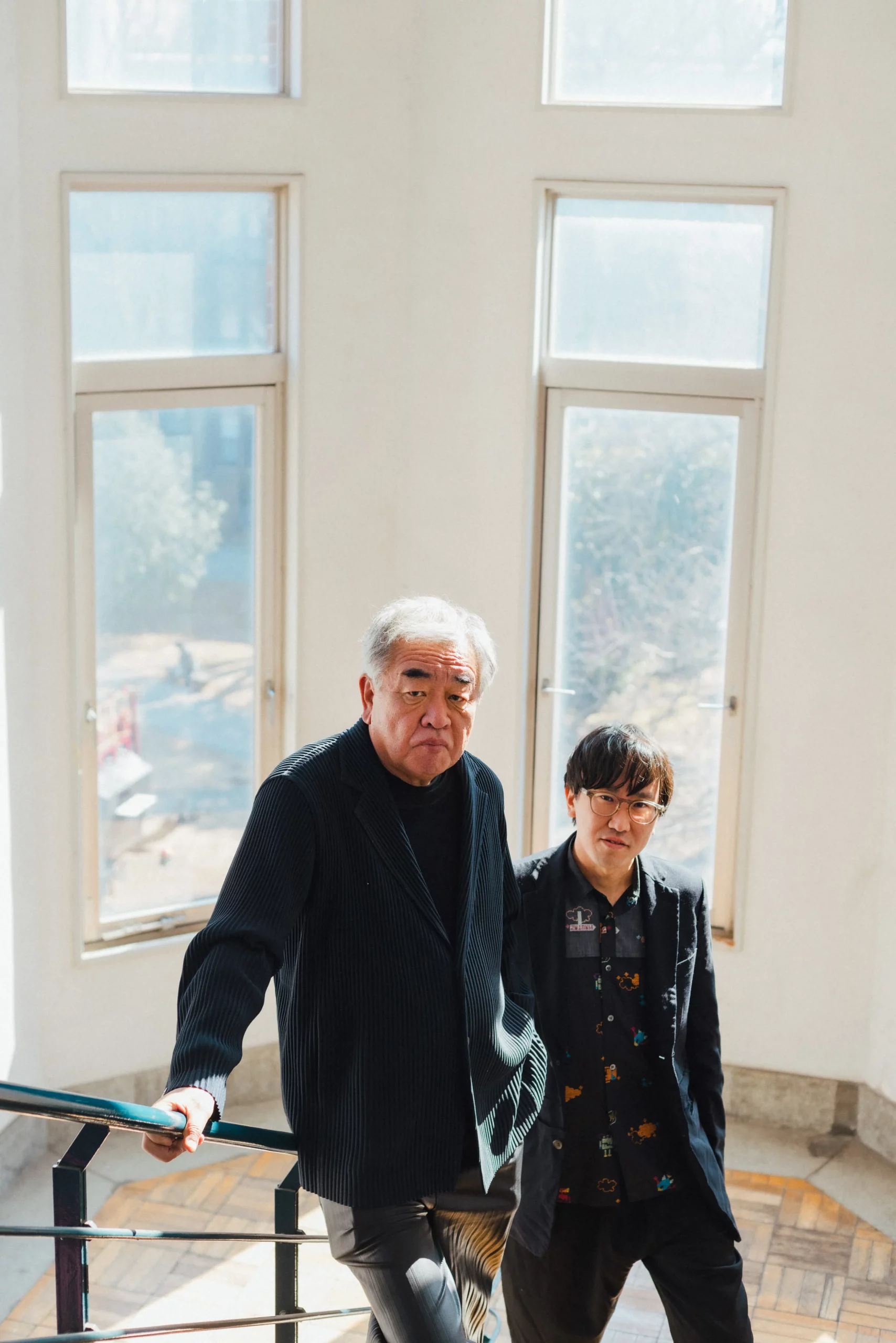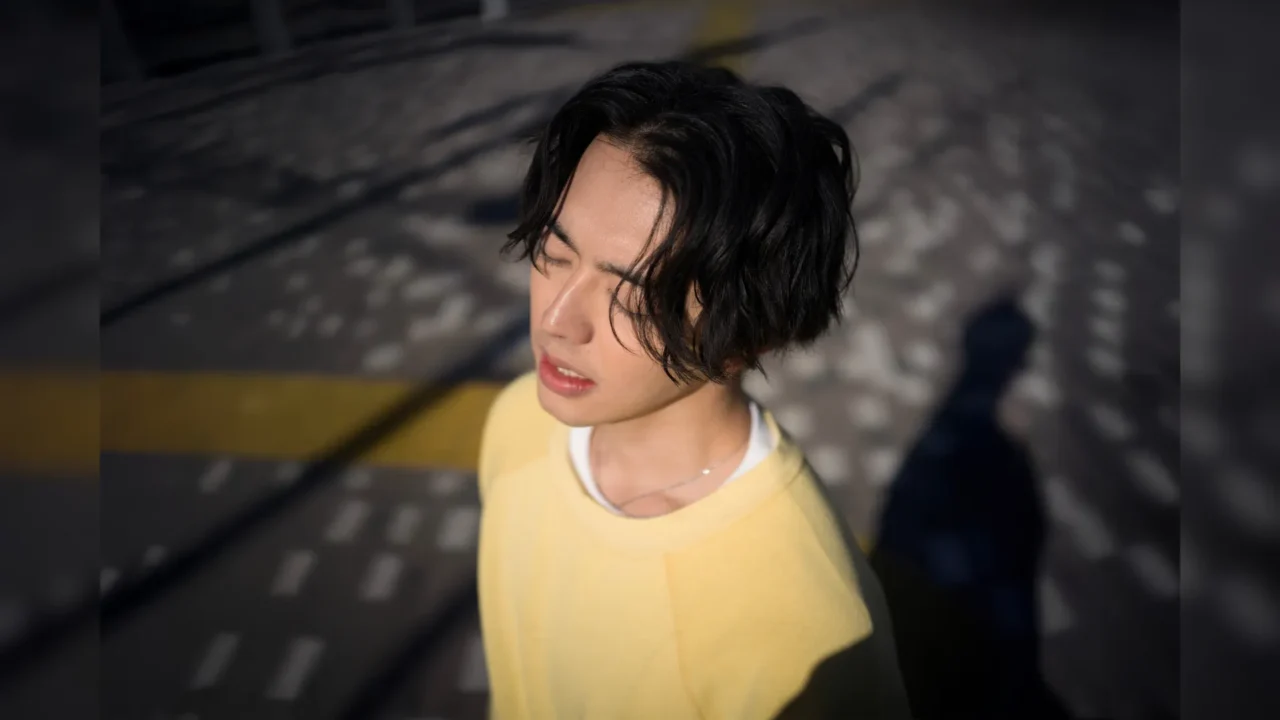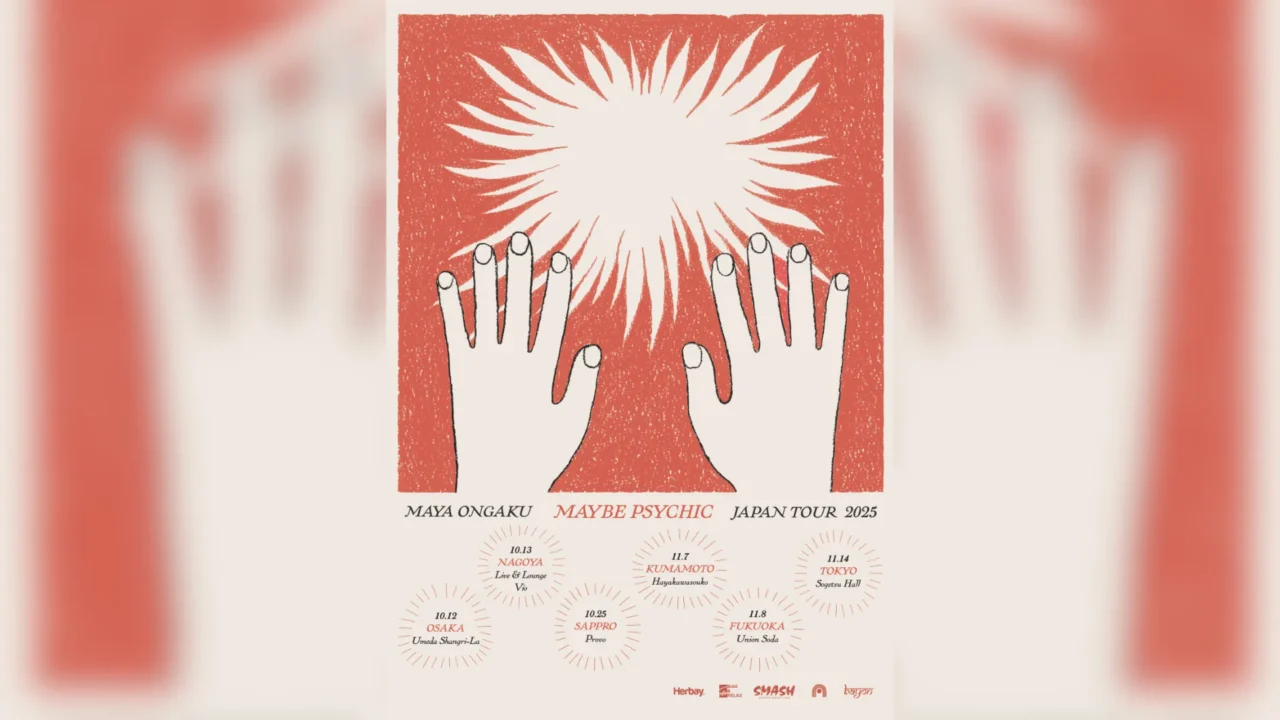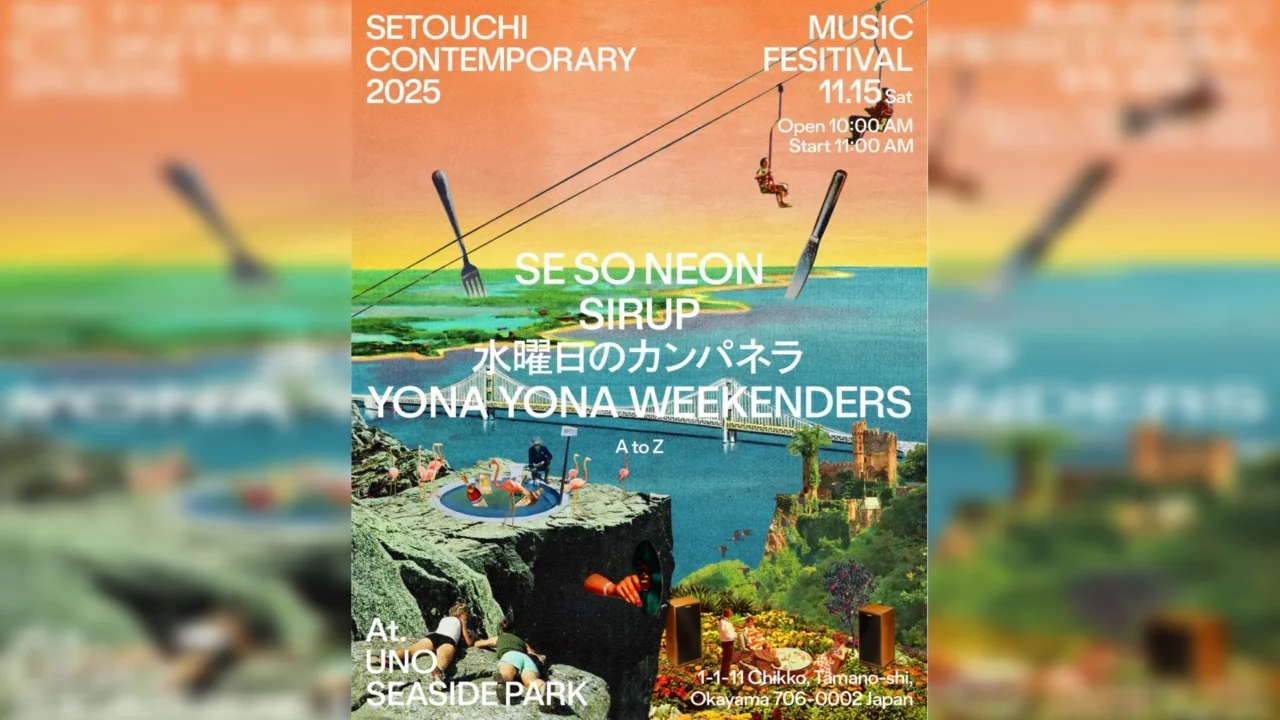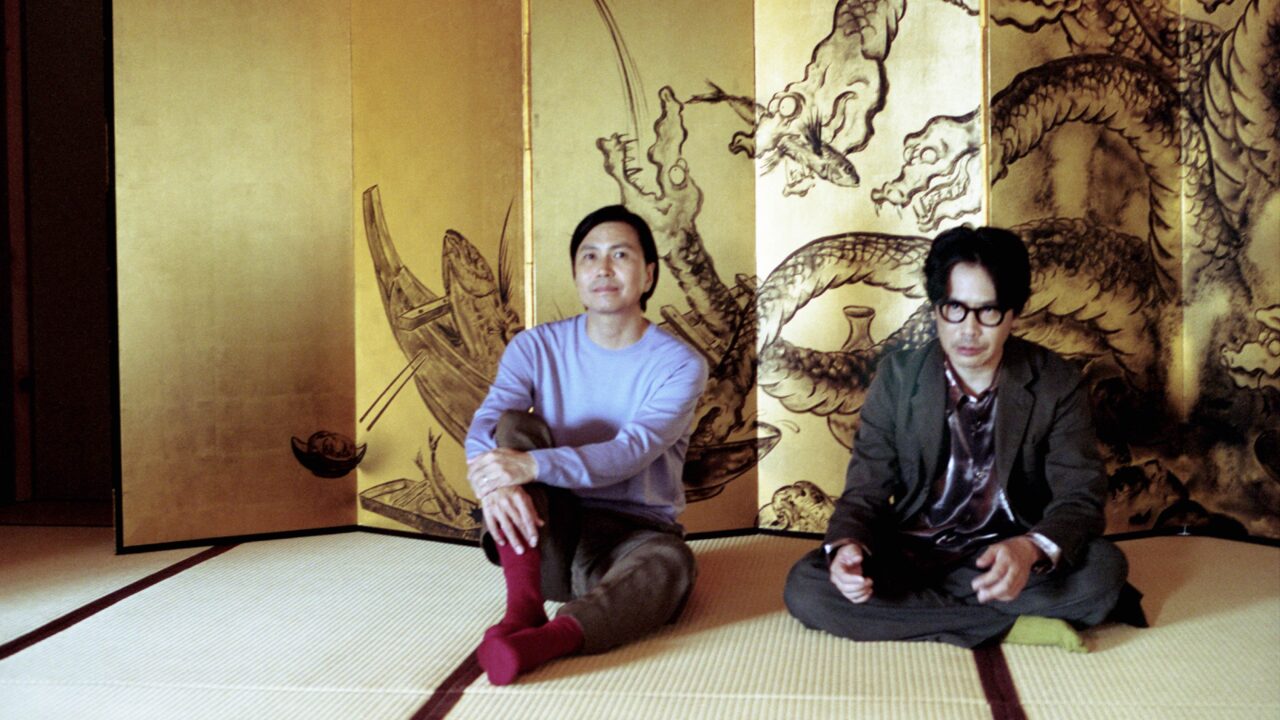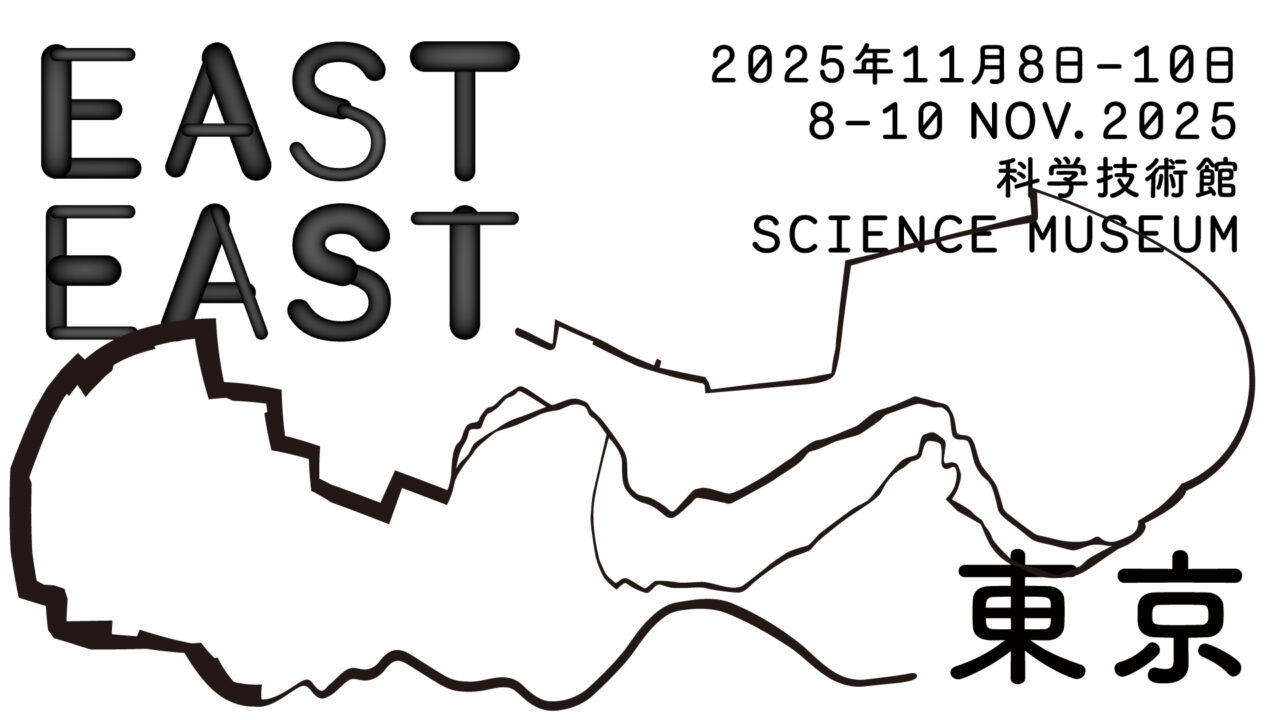As the Tokyo area sees another year of increasing migration, marking a third consecutive year of net population growth in 2024, one thing remains clear: the city is bursting at the seams with people and things. “Excess” has become an undeniable part of the urban identity. Residents, now accustomed to this overflow, use tools like AI to streamline their lives—canceling out noise with headphones, paying to bypass long queues, and selectively filtering the endless stream of excess around them. Yet, not everyone can easily keep up. The relentless pace of change leaves some feeling out of sync with the rapidly evolving values of society.
In this landscape of constant excess and the rise of AI, how can creators navigate the shifting terrain? This is the question that inspired “The Garden of Excess,” a hands-on project spearheaded by the “SEKISUI HOUSE – KUMA LAB” studio, led by Toshiki Hirano.
In a world where digital tools like generative AI are reshaping the role of architects, graduate students from the University of Tokyo, gathered at KUMA LAB from across the globe, are exploring how to confront the challenge of “excess.” A conversation between architect Kengo Kuma and Hirano (Director of SEKISUI HOUSE – KUMA LAB and Special Lecturer at the University of Tokyo) offers insights into how architecture can evolve in the age of AI, the complex relationship between humans and technology, and the future of “richness” in our increasingly crowded world.
INDEX
The Mission of SEKISUI HOUSE – KUMA LAB and the Theme of “The Garden of Excess”
SEKISUI HOUSE – KUMA LAB was founded in 2020 within the University of Tokyo’s President’s Office Comprehensive Project Organization by Sekisui House and architect Kengo Kuma, with the goal of fostering international talent in the field of architecture. The lab provides resources such as a digital archive of historical materials and a digital fabrication environment, as well as design studio programs led by renowned architects from around the globe. Through collaborative studio courses with universities worldwide, it also serves as an international hub for architectural education at the University of Tokyo.

One of the five studios at KUMA LAB, “Toshiki Hirano Studio,” tackled the theme of “The Garden of Excess,” which is the focus of this article. Here, we will begin by providing an overview of the project.
The Garden of Excess

We are living in an age defined by excess, where both materials and information are overflowing. A recent study suggests that by 2020, the total volume of human-made objects on Earth surpassed that of biological resources. This surge in material excess has led to the emergence of the “Anthropocene,” a concept that reflects the profound impact human activity has had on the planet at a geological scale. As a result, the traditional divide between “artificial” and “natural” is being re-examined.
Meanwhile, the rapid spread of the internet over the past three decades has led humanity to amass an immense digital archive. This flood of information has driven the rise of generative AI, which now produces vast amounts of new data with little to no human input. What was once considered the realm of human creativity is now being tested by the growing presence of AI.
In this context, how can architecture respond to this era of excess? In this studio, we will step beyond traditional architectural design to explore how we can navigate and create in a world overflowing with complexity. Our inquiry will look at how we will live, think, and innovate in the future within this overflowing landscape.
KUMA LAB × SEKISUI HOUSE “EXCESS” – What Can Architecture and AI Achieve in the Era of Excess? – From the Official Website
For this exploration, the “garden” was selected as the focal point, a space once seen as a place where humans and nature coexisted in harmony, crafting an ideal landscape by removing the superfluous. Yet, in today’s era of excess, imagining a “perfect garden” has become an increasingly impossible task. The oceans are choked with plastic waste, space is cluttered with debris, and the lines between “nature” and “artificial” are increasingly indistinct.
Rather than viewing this overwhelming “excess” as mere disorder, the project starts with the question of whether we can uncover the potential for a new kind of order within it. This approach resonates with the concept of “dark ecology,” introduced by British philosopher Timothy Morton in the late 2000s, which challenges the duality of “pure nature” versus “polluted artificiality” and calls for a direct engagement with chaos itself.
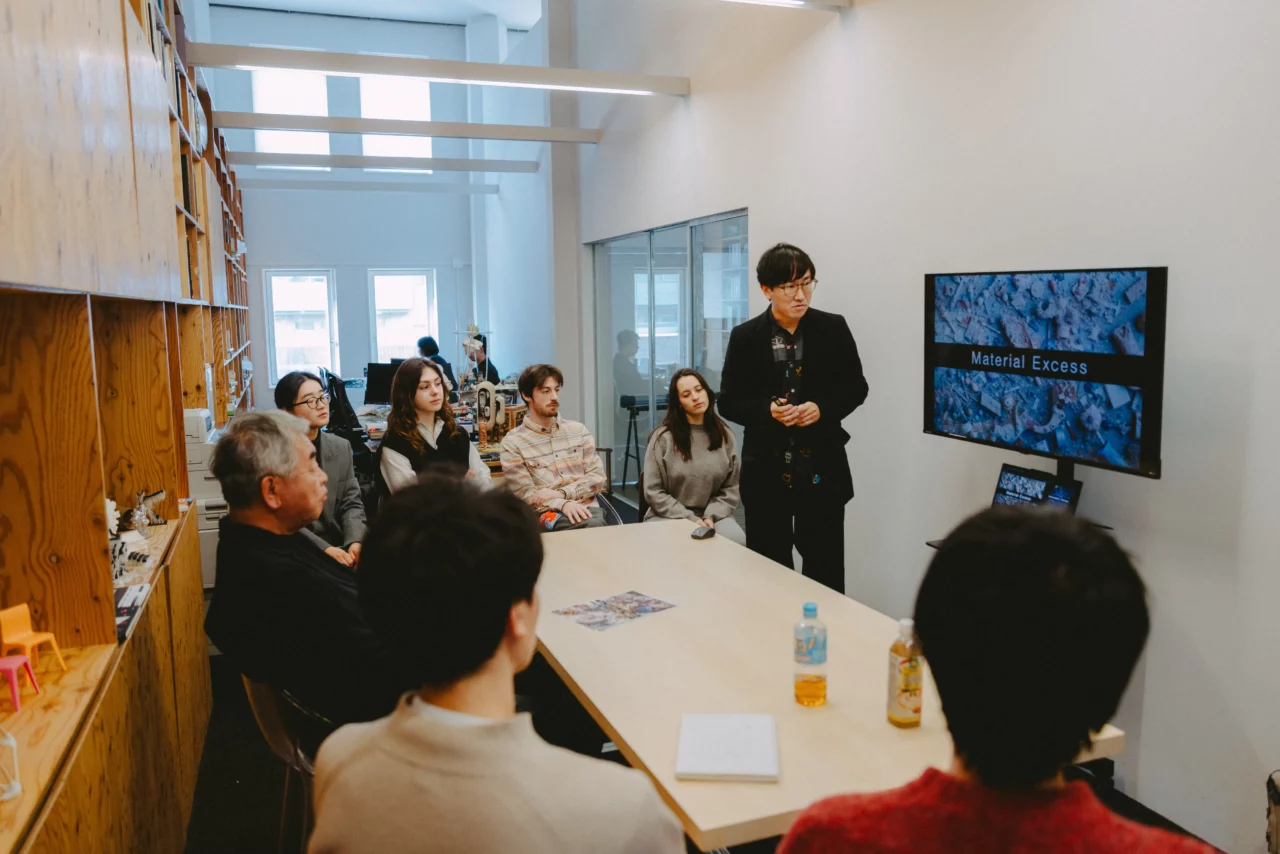
INDEX
Three Steps to Designing “The Garden of Excess”
In the first phase of the project, image generation AI (Stable Diffusion / FLUX) was harnessed to bring to life the unconscious obsessions—those hidden compulsions that shape individual minds. Moving away from traditional architectural principles like functionality, economics, and political logic, this approach places personal obsession at the core of the design process, opening a new path for creation.
This approach stems from the belief that diving into what has traditionally been seen as “personal” obsessions might unlock the key to a collective, shared aesthetic in the modern world. Surrealist experiments with automatic writing have shown that as one plunges deeper into the unconscious, the personal pronoun “I” fades away, giving way to a connection with the collective unconscious. This exploration aims to discover a new set of values for the era of excess, specifically an “aesthetic of overwhelming information.”
The next step involved transforming these individual obsessions into small “sandpit” worlds. Sandplay, a therapeutic method dating back to ancient times, is used to externalize unconscious imagery, allowing for objective observation. In this project, image generation AI, along with 3D model generation tools (Marigold, Stable Fast 3D), was employed to envision the intricate structure of an “excessive world” that exists between the digital and physical realms.
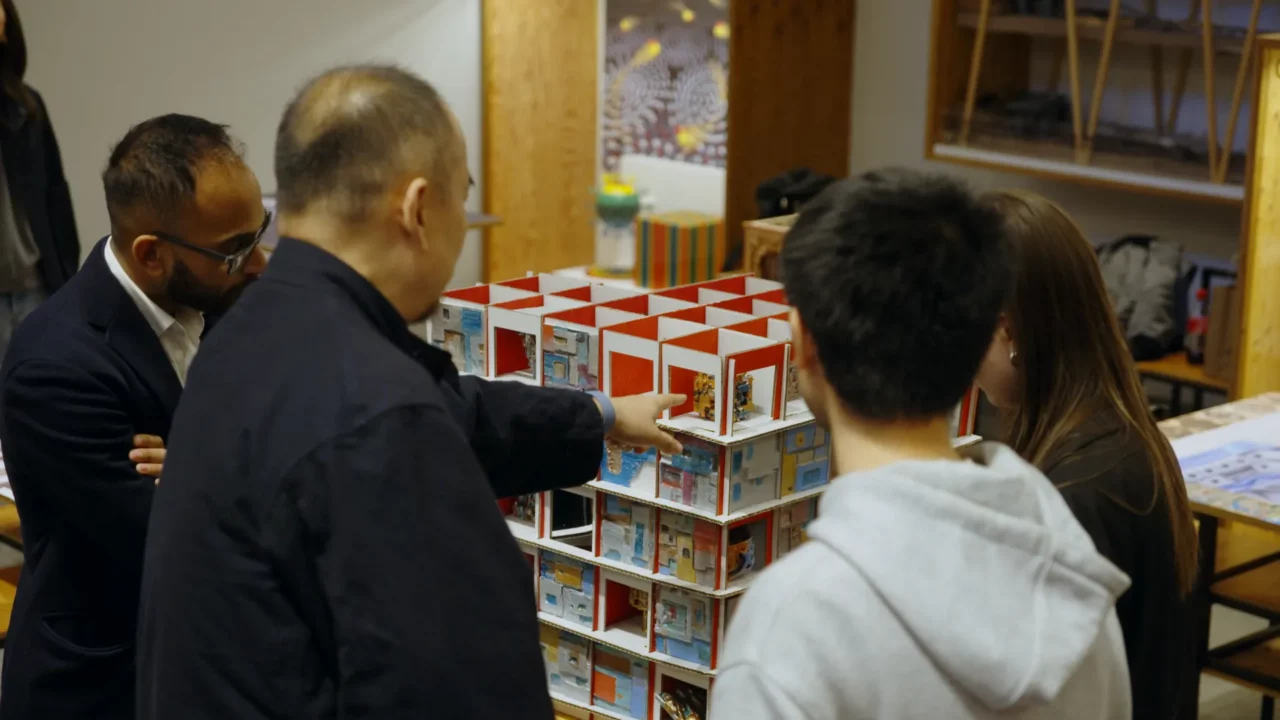
In the final step, each student built “The Garden of Excess” based on their sandpit, unbound by scale or site limitations. By blending digital and physical approaches, they reassembled the fragmented world in innovative ways, seeking to envision the possibilities of future realities.
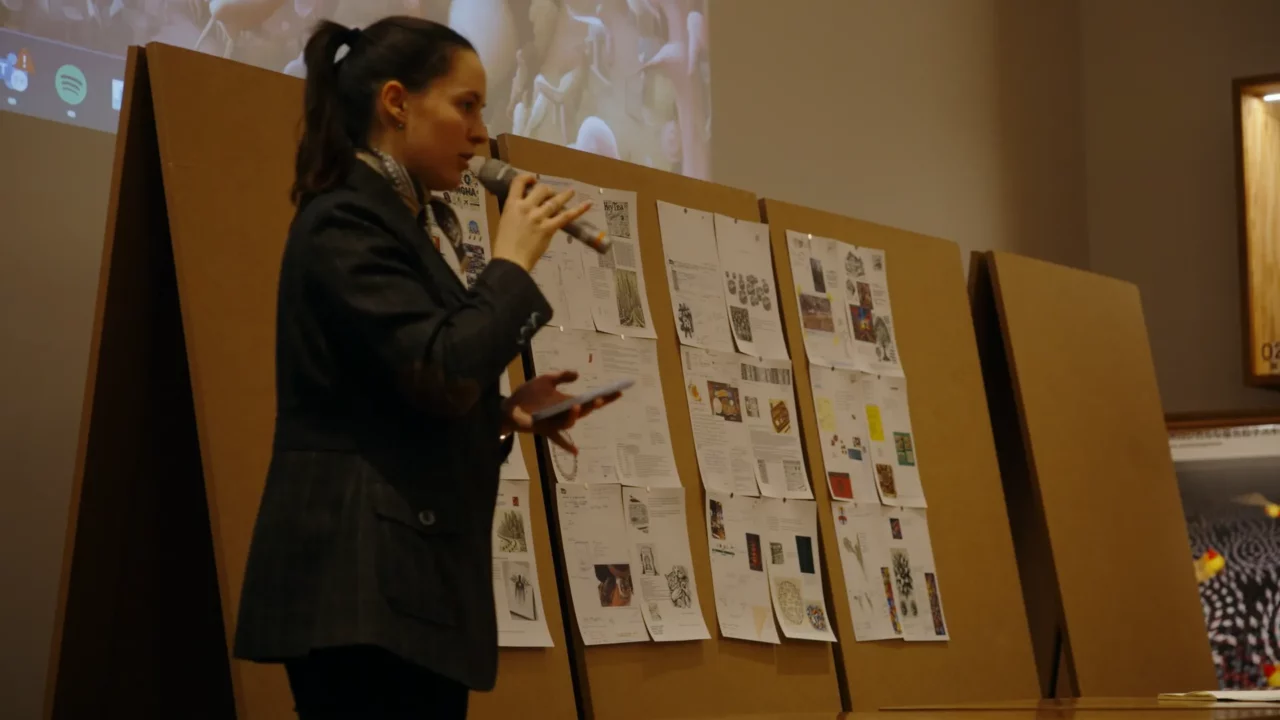
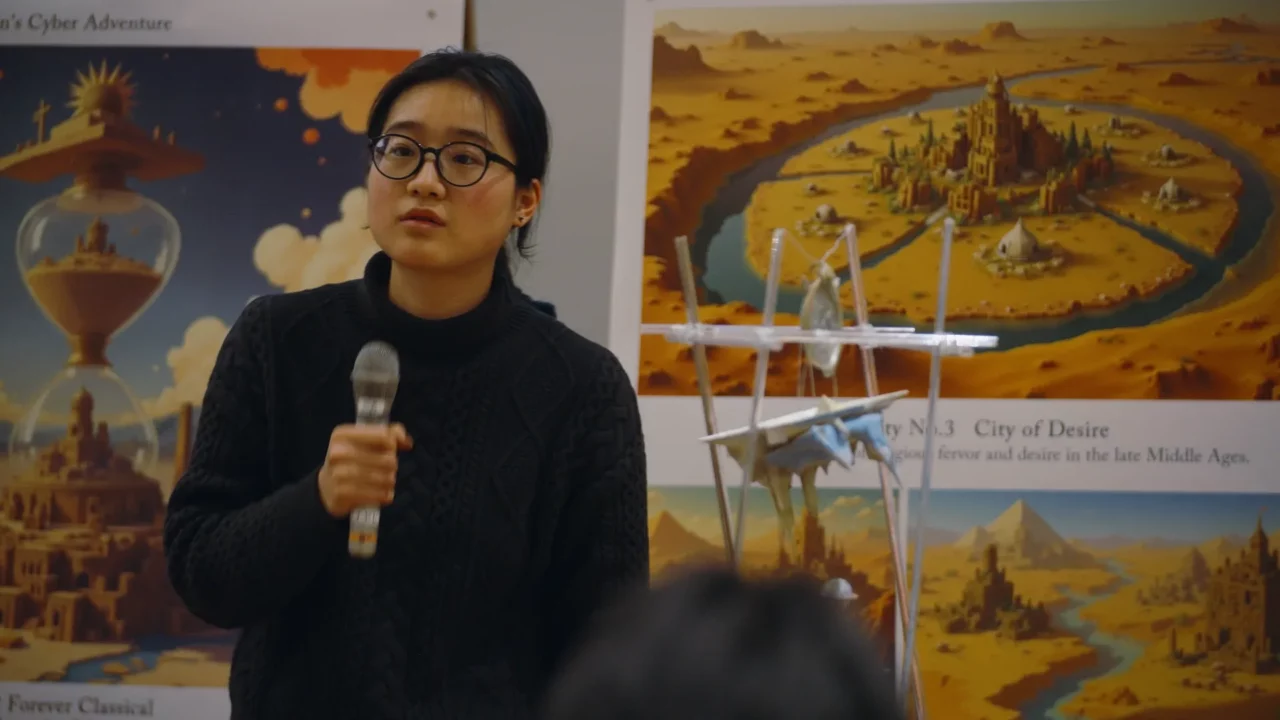
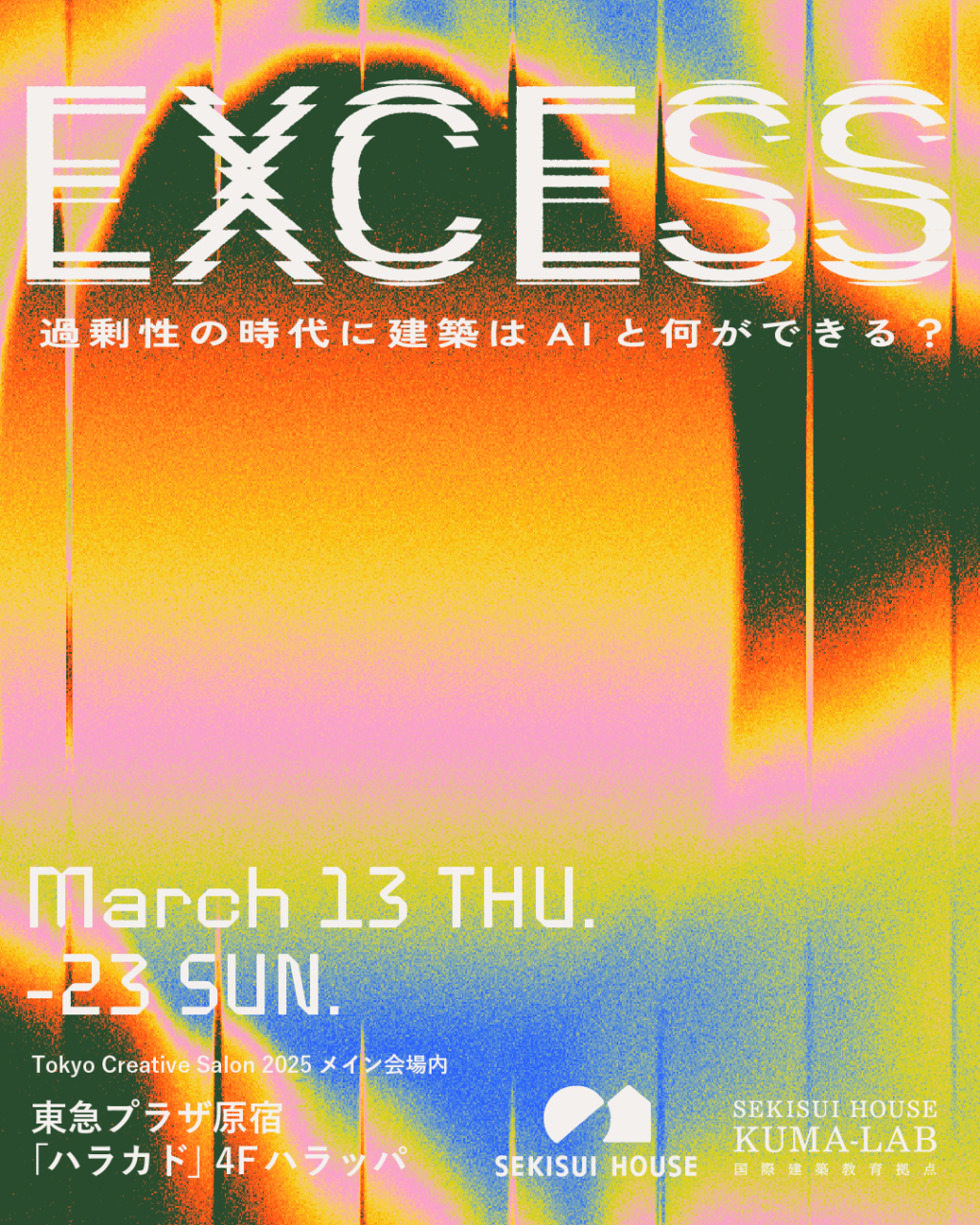
Following the students’ final review, Toshiki Hirano sat down with Kengo Kuma, delving into the role of architecture in the era of generative AI, the evolving relationship between humans and AI, and the future of “richness.”

INDEX
Common Elements between the Rise of Digital Design in the 1990s in the U.S. and the Era of Generative AI
Hirano: To start, I’d love to hear your overall thoughts on the studio. Reflecting on this experience, I’m reminded of the paperless studio that Bernard Tschumi initiated at Columbia University in New York during the 1990s. It was an experimental space in architecture education, where new digital technologies, such as Hollywood special effects, were applied in an attempt to shape “new architecture.” A similar energy seems to be unfolding in this studio, and I have a feeling something fresh is about to emerge.
*Bernard Tschumi: A Swiss-born architect and theorist, Tschumi is known for his groundbreaking design philosophy, which blends architecture with philosophy, literature, and film theory. He reimagined architecture as not just a static space, but a dynamic “arena of events,” becoming a key figure in the Deconstructivist movement.
The Paperless Studio: A concept introduced at Columbia University’s Graduate School of Architecture (GSAPP) in the 1990s, where computers were used to replace manual drafting and explore new possibilities in design. Though some critics viewed it as diminishing the importance of hand-drawn sketches, today, with digital design being dominant, it’s seen as an innovative breakthrough in architectural education.
Kuma: When Bernard Tschumi launched the Paperless Studio, the reaction was one of shock and disbelief—people thought, “This person is doing something outrageously unconventional.” At the time, architecture still held tightly to the belief that true value existed in tangible buildings—what we understood as “reality.” Tschumi, on the other hand, was diving into a world with no physical reality, where everything existed solely on a screen. It felt like he was being met with skepticism from all sides. Yet, in today’s world, the tables seem to have turned. There’s an undeniable feeling that society can no longer function without AI, and that growing sense of urgency is fueling its creation. Comparing the 1990s with the 2020s reveals both echoes of the past and stark contrasts. In the past, architectural practices demanded a minimalist approach—everything had to be stripped down to meet the standard. That’s why the “excess” in everyday life that Hirano speaks about seemed at odds with architectural studios.
However, this studio challenges students to embrace that very “excess.” Watching their work unfold, I saw how seamlessly today’s architecture students are adapting to AI, without hesitation. Their daily lives are already surrounded by a constant overload of images and technologies. “How to ride the wave” of this excess has become second nature to them, and it feels like projects like this are simply an extension of that. The mindset in this studio is the complete opposite of the traditional “reduce everything” approach of typical architectural studios, and the students seemed truly invigorated by it.
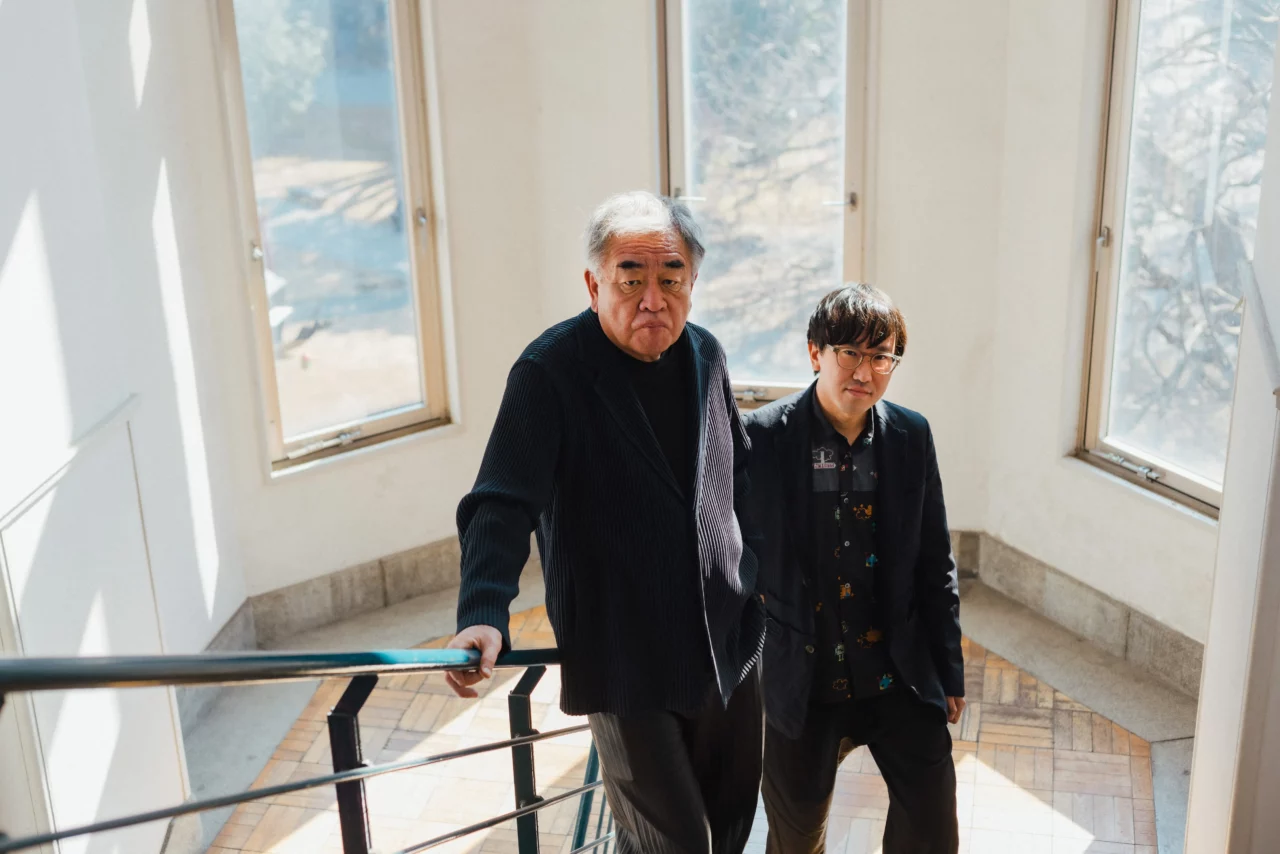
Born in 1954. In 1990, he founded Kengo Kuma & Associates. After serving as a professor at Keio University and the University of Tokyo, he is now a Special Professor and Honorary Professor at the University of Tokyo. Projects are currently underway in over 50 countries. He proposes architecture that explores a new relationship between nature, technology, and humans. His notable publications include Kengo Kuma: Onomatopoeia, Architecture, Grounding (Exnarex), Japanese Architecture (Iwanami Shinsho), All Works (Daiwa Shobo), Points, Lines, and Planes (Iwanami Shoten), Architecture That Loses (Iwanami Shoten), Natural Architecture, Small Architecture (Iwanami Shinsho), and many others.
Toshiki Hirano (right in the photo)
Born in 1985. Graduated from the Department of Architecture at Kyoto University in 2009. After completing a master’s degree at the School of Architecture, Princeton University in 2012, he worked at Reiser + Umemoto. He earned his Ph.D. from the University of Tokyo’s Department of Architecture in 2016. After serving as an assistant professor, he is currently in his present position. Specializing in architectural design and theory, he explores new aesthetics in architecture through the use of digital technologies and interdisciplinary discussions with fields like art and philosophy. Since 2020, he has served as a special lecturer at SEKISUI HOUSE – KUMA LAB, a part of the International Architecture Education Hub, a comprehensive lecture course within the University of Tokyo’s Comprehensive Project Office. His works include Reinventing Texture and Ontology of Holes. He has also edited a+u May 2017 Issue: Young American Architects (guest editor), among others.
INDEX
“The Garden of Excess” Project: Nurturing Diverse Architectural Talents
Hirano: Instead of stripping things down, can we find new approaches and values in architecture by embracing excess?
Kuma: There’s no need to create a completely new “architectural style,” but there’s potential to shape a new kind of “architect.” This could involve architects who focus on crafting concepts and managing the operational aspects of architecture, rather than just constructing physical buildings. It seems like this studio is about nurturing the diverse types of architects that will be needed in the future.
In the 1990s, some of the individuals who trained in experimental studios like the Paperless Studio ended up working in the film industry. They pushed beyond traditional architecture, and similarly, students in this studio might find themselves moving into roles that break the conventional boundaries of architecture. This is the kind of evolution that’s truly needed.
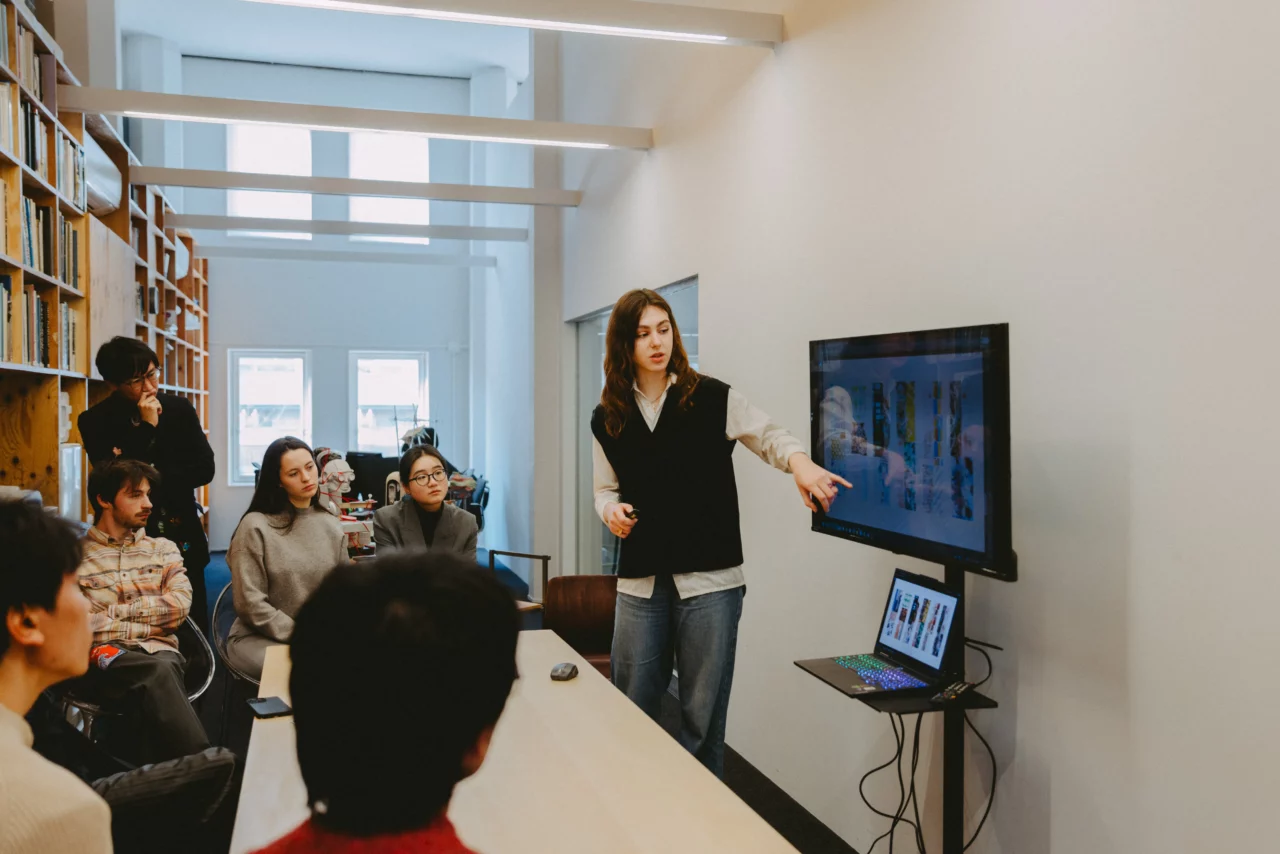
Hirano: That’s true. Joseph Kosinski, who came from the Paperless Studio, is now a big name with films like ‘Tron: Legacy’ and ‘Top Gun: Maverick’ under his belt.
Kuma: It would be exciting if someone like him emerged from this studio too. And honestly, I think it’s especially intriguing that they’ve come to Japan. There’s a unique cultural blend here, especially in things like anime, where symbolism and visuals mix in a way that’s distinctively Japanese.
We have some European students too, but the way they’ll engage with the more disordered, freeform fusion of symbols and visuals here will likely expand their creative freedom. My hope is that studying in Japan helps them break away from the rigid, structured thinking they might have, and that they return home with a more open-minded and liberated approach.
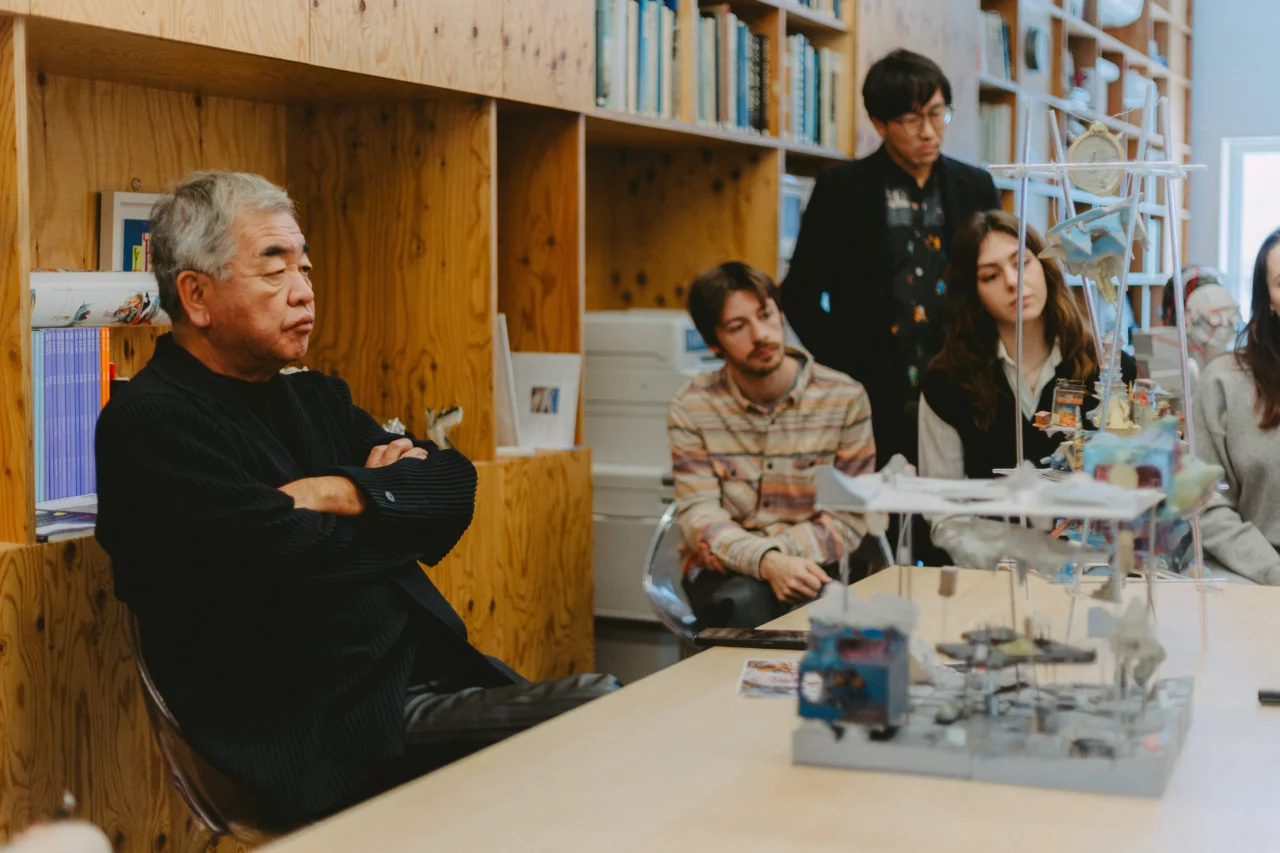
INDEX
Generative AI: Not a Replacement for Human Roles as a New Tool for Humans
Hirano: I’d like to ask about generative AI, which is being utilized in your office. Could you share how it’s being applied, and what role you envision generative AI playing in architectural design moving forward?
Kuma: We haven’t set any official guidelines for using generative AI across the office; each person is free to explore how they wish. This freedom leads to some surprising applications. For example, AI can handle structural calculations. The real strength of generative AI is how it can answer virtually any question, depending on how you phrase it. With the right questioning, it’s possible that design could progress without much need for engineers.
In practice, most people in the office are using AI to generate image references, which then guide the direction of the design. I believe this is the most common method being used.
This approach aligns closely with how my office has always worked. Rather than making top-down decisions, I ask “What possibilities exist?” and through a series of questions and answers, a direction begins to emerge. This is exactly where generative AI excels—providing quick answers that would have been impossible with human intelligence. Through an ongoing cycle of questioning and refining, the direction becomes clearer, allowing us to move forward faster. AI has taken the approach we’ve refined over the past 30 years and supercharged it, expanding the scope and accelerating the pace of our work. It’s like we’ve added a powerful turbo boost to our process.
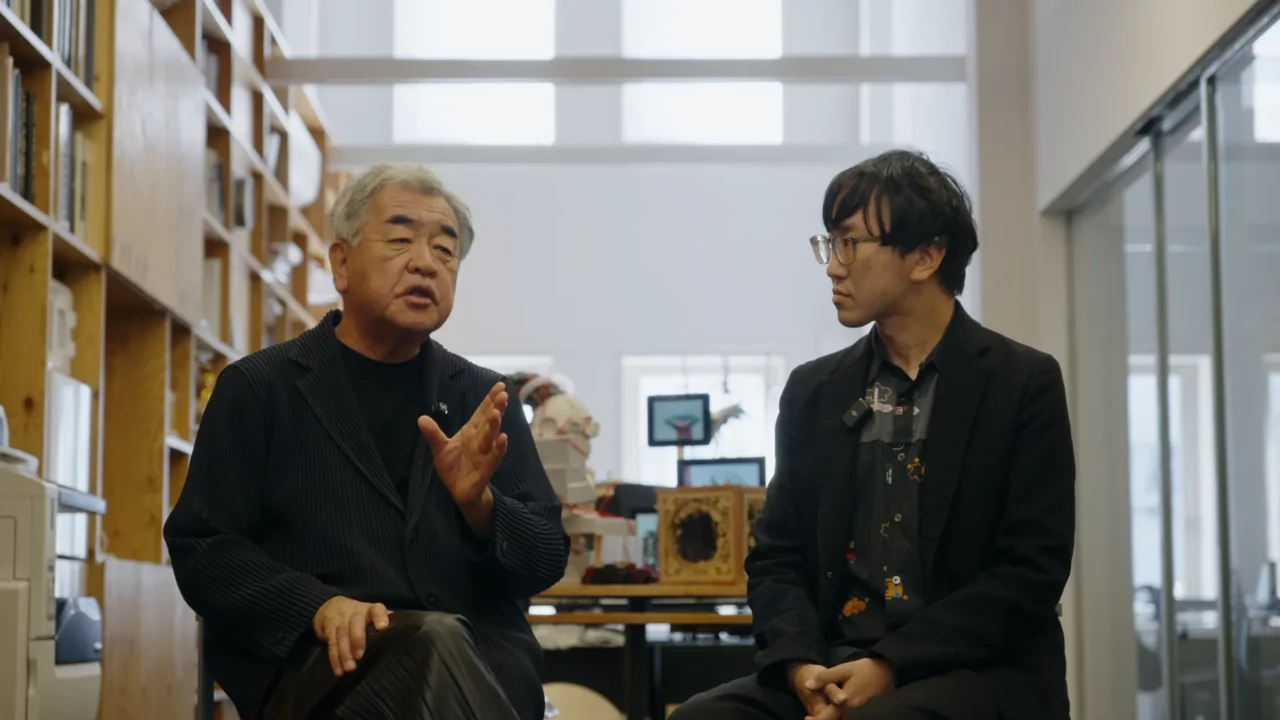
Hirano: There are concerns that even “creativity,” once thought to be uniquely human, could be overtaken by generative AI, leading to a future where architects are no longer needed. What’s your take on that?
Kuma: I don’t share that concern at all. For example, the creativity in my office isn’t just in individual details, but in the overall process and system we’ve built. When people come together and engage in a cycle of questions and answers, a direction gradually emerges, and something begins to take shape. Initially, it might seem unclear, but over time, a clear idea forms. In the end, it’s still humans who create. The only change is that AI has become another tool we use. The essence of creation hasn’t shifted—if anything, AI could actually amplify our creativity.
INDEX
“If the virtual world becomes richer, the reduction of the real world won’t diminish our sense of richness.” — Kuma
Hirano: I understand. As AI-driven creativity pushes technological progress forward, we are simultaneously confronted with numerous environmental challenges. How do you see AI-enhanced creativity playing a role in tackling ecological issues?
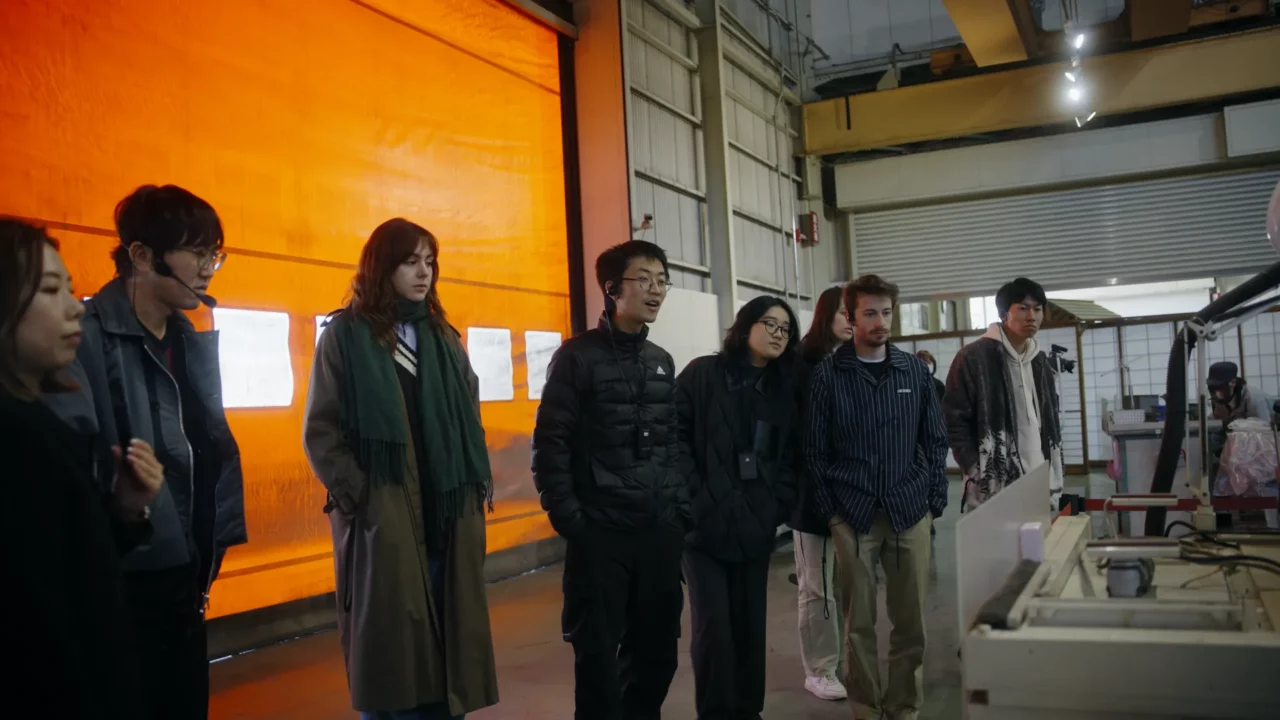
Kuma: Generative AI is now capable of answering even complex questions, including those related to energy issues—something that once required specialized engineers. With AI providing instant responses, we can explore optimal solutions more quickly and efficiently than ever before.
Another major shift I’ve noticed is that we no longer need to physically create everything.
AI’s ability to build virtual environments means more challenges can be solved in digital spaces or even within the realm of thought itself. This not only reduces the burden on the real world but also minimizes environmental impact. The conventional view has been, “What’s the value of something that only exists in a virtual world?” But I see it quite the opposite.
As virtual spaces continue to evolve and deepen, our sense of richness and fulfillment won’t diminish even if the physical world becomes more compact. On the contrary, we may uncover entirely new dimensions of abundance within these digital realms.
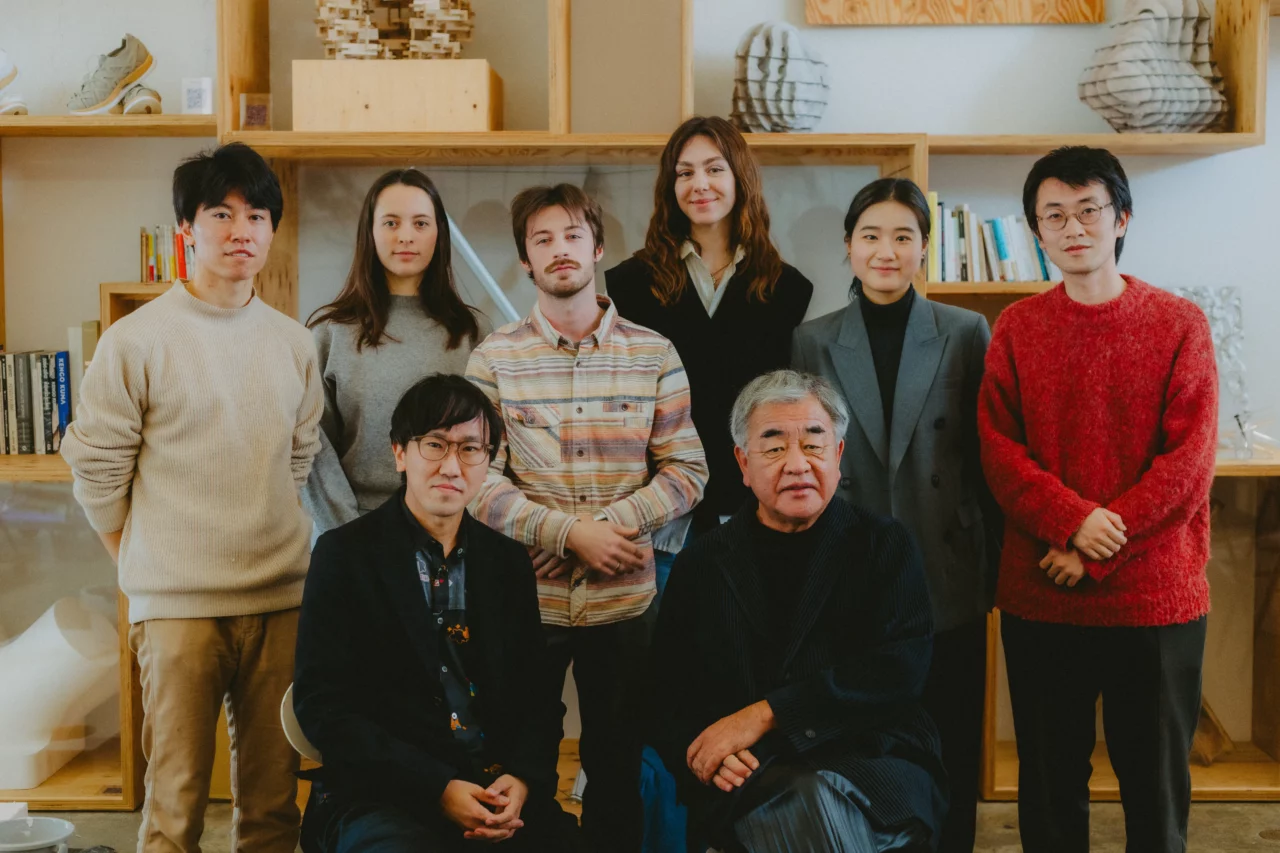
Hirano: At SEKISUI HOUSE – KUMA LAB, we explore new possibilities for living and housing through digital technology. With this studio as an example, how do you envision AI and other digital advancements reshaping the way we live and define our homes in the future?
Kuma: Traditionally, “home” was thought of as a standalone physical structure. But if we take a broader view of human life, a home isn’t just the walls and roof—it’s also the surrounding environment and the flow of information within it. We’ve now entered an era where this expanded perspective is not just theoretical but something we can truly experience. In the past, people might have insisted that a home is simply a sheltered space, but today, many recognize that our digital and informational surroundings are just as much a part of our living environment. This shift means that designing homes in the future should be more like designing cities—holistic and interconnected.
If SEKISUI HOUSE – KUMA LAB has a guiding vision, I believe it lies in this transformation. Take, for instance, Sekisui House’s initiative to analyze behavioral data within homes to detect early signs of illness or physical strain. This concept pushes the boundaries of what “home” can be, leveraging digital technology to create a living space that extends beyond its physical limits. In that sense, the research we’re conducting at KUMA LAB is deeply aligned with this evolution, redefining the very essence of what it means to live in a home.
KUMA LAB × Sekisui House “EXCESS” – What Can Architecture and AI Achieve in an Era of Excess?
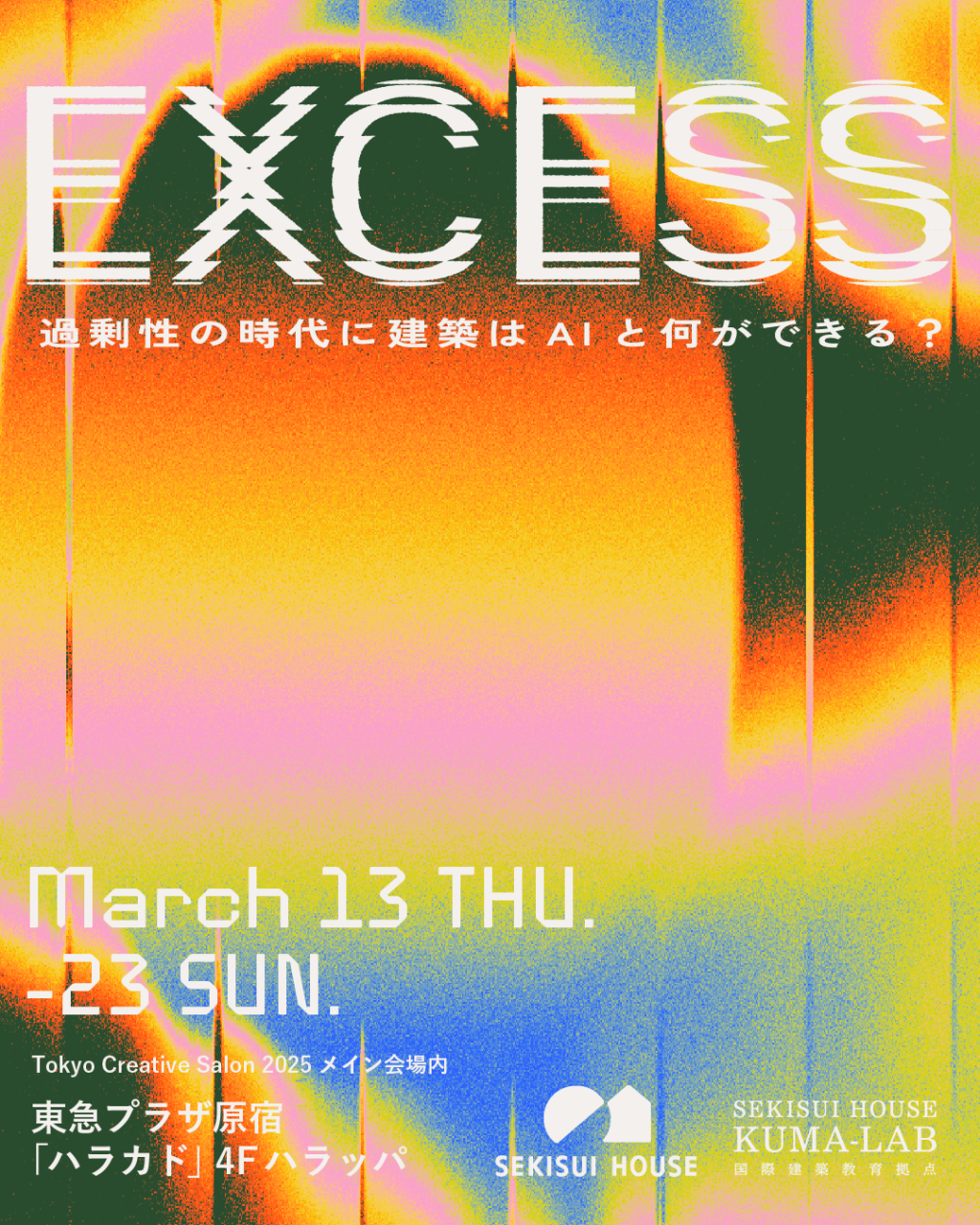
March 13 (Thu) – March 23 (Sun), 2025
Tokyu Plaza Harajuku “Harakado” 4F Harappa
Within the “Tokyo Creative Salon 2025” Special Exhibition Area
Free Admission
Marking five years since the launch of KUMA LAB, a collaboration between Sekisui House and Professor Kengo Kuma at The University of Tokyo.
In an era where excess—both in information and material—accelerates division, what role can architecture play?
A group of 24 students, including international exchange students, harnesses the power of generative AI to explore the theme “Gardens of Excess” in this innovative project exhibition.
Creative Talk: Shuta Hasunuma × Toshiki Hirano

Event Details:
Date & Time: March 15, 2025, 14:00-15:00
Venue: Special Stage, 4F Harajuku “Harakado”
Admission: Free (First-come, first-served basis; numbered tickets for approximately 30 seats will be distributed at the 4F venue from 12:00 on the event day.)
Guests:
- Shuta Hasunuma (Musician)
- Toshiki Hirano (Director of SEKISUI HOUSE – KUMA LAB, Project Lecturer at The University of Tokyo)
Moderators:
- Celeina Ann (J-WAVE “GRAND MARQUEE” Navigator)
- Shinya Takano (J-WAVE “GRAND MARQUEE” Navigator)
Event Overview:
In an era where information is overflowing and AI is accelerating this excess, how do artists and creators engage with the vast data generated by artificial intelligence? How does architecture respond to this challenge?
This special talk invites Toshiki Hirano, Director of SEKISUI HOUSE – KUMA LAB and Project Lecturer at The University of Tokyo, alongside musician Shuta Hasunuma, to explore how creativity can shape a better future. Moderators Celeina Ann and Shinya Takano from J-WAVE’s “GRAND MARQUEE” will lead the discussion and energize the audience.
Official Website:
https://www.sekisuihouse.co.jp/kumalab_excess/



